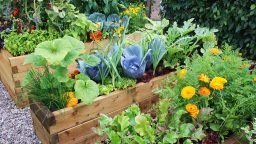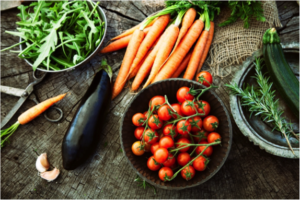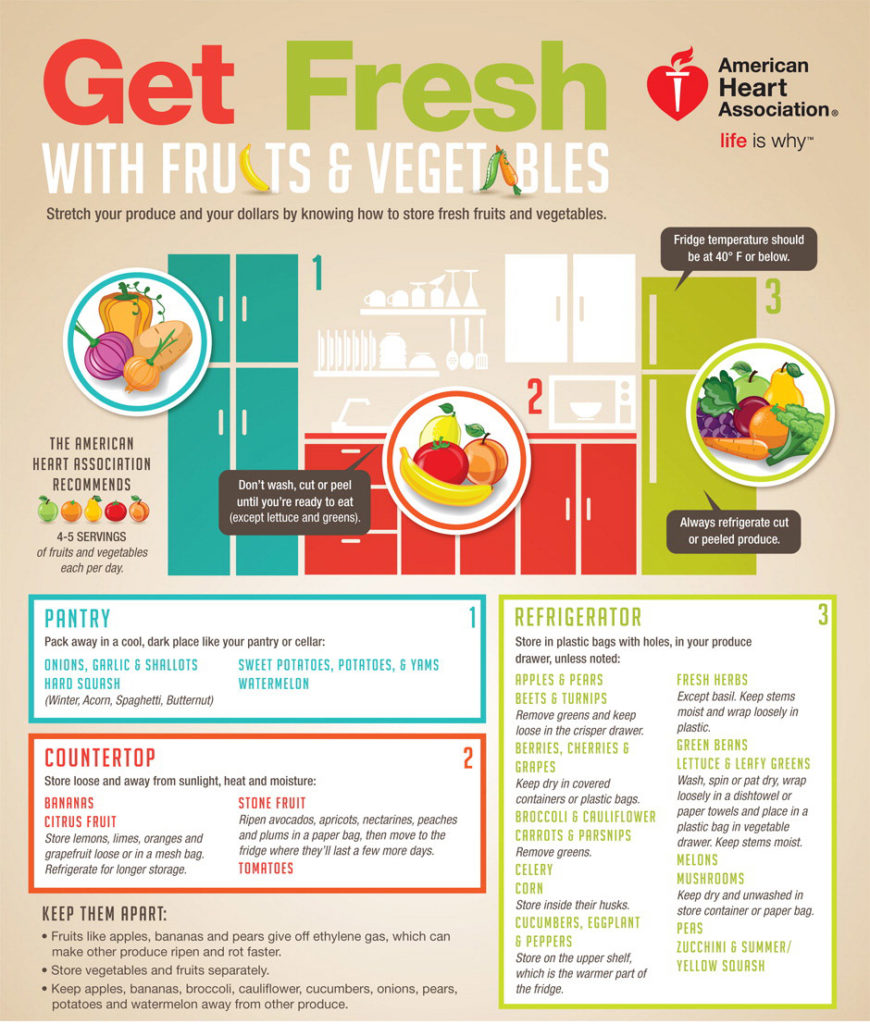Companion planting can be kind of confusing. If something goes well together, does that mean it might not go well next to another plant? Companion planting is really important to understand and utilize, because you can really maximize space, productivity, and also repel pests, with the right combination.
It is also true, however, that planting “bad neighbors” together might result in increased pests or unhappy plants. There are a ton of potential good combinations out there, but it’s good to know the bad ones too, so you can prevent unhappy neighbors!
This great little infographic for visual learners like myself, from TipsPlants.com, breaks down some good and bad garden neighbors, as well as some excellent pest repellants you could plant around the border of your garden or in between your vegetables to ward off the worst kinds of neighbors, that is, garden pests!
Have you ever tried companion planting with any success? Let us know in the comments below.




